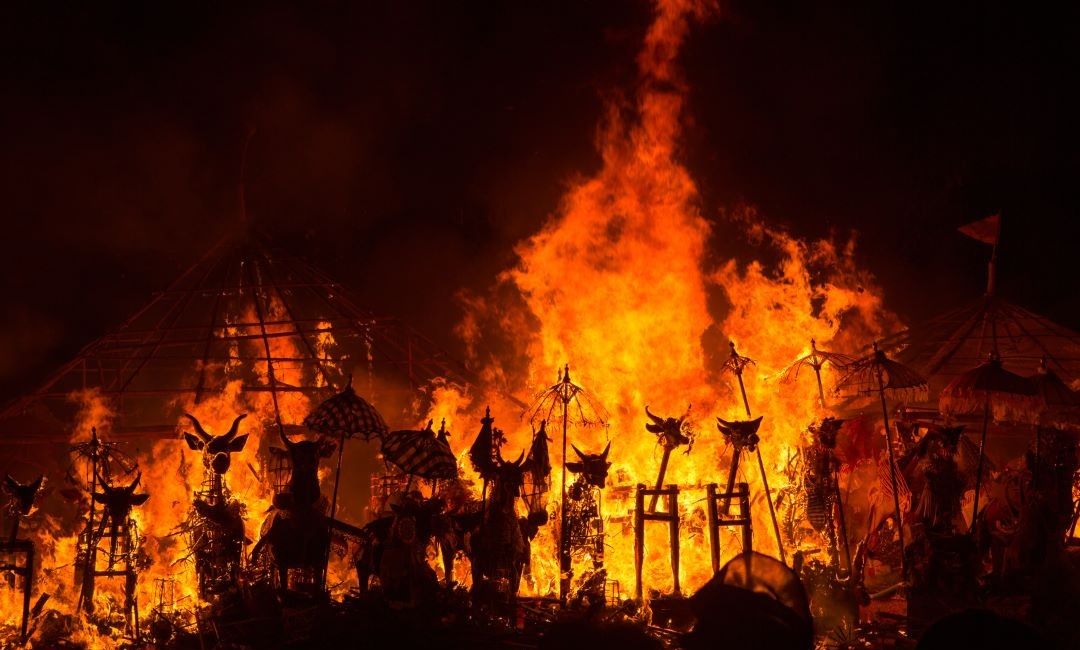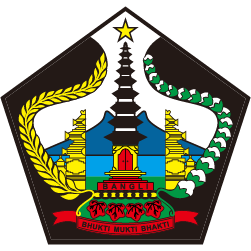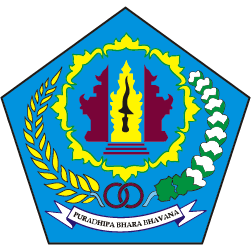A Meaningful Balinese Cremation Ceremony, Ngaben
A Meaningful Balinese Cremation Ceremony, Ngaben
Posted by: nesia | Friday, 05 April 2019

Have you ever heard of Ngaben? If you haven’t, then it’s to broaden your knowledge about this Balinese cremation traditional ceremony. This ritual has a purpose to send the deceased to the next life. Based on the Balinese social structure, the word ‘Ngaben’ is actually a term used by the public class. It’s derived from the word Ngabuin or Ngabu, which mean ‘turning into ashes’. For the nobles and royal families, this ceremony is called Pelebon (from the word Pelebuan) which has the same meaning with Ngaben.
Ngaben is a very important ceremony for the Balinese Hindu. Because by doing so, the family of the deceased could free his/her soul from the world. They hope that their deceased relatives will go to heaven, and could be reincarnated as a better person or united with God (Moksha).
Before doing the ritual of Ngaben, the family of the deceased needs to have a consultation with the priest to choose the best day for the ceremony. Certainly, it’s based on the Balinese calendar. All the preparation should be done before the chosen day, such as making Bade and Lembu. These two things are created by the team led by a Balinese traditional architect called Undagi. Bade is some kind of a great tower with multi-tier roofs, decorated with colorful carved papers, woods, and bamboos. It will be used as a carrier of the body to the graveyard. While Lembu is a bull-shaped container to place the body while it’s incinerated. Actually, the container isn’t always in a bull-shaped, but also in a lion, lotus, dragon, or other shapes, based on their social status.
Before the ceremony began, they will carry the corpse from their home to the graveyard. It’s usually accompanied with Gamelan (Balinese music instrument), offerings, the blacksmiths, also the relatives and family. If they have to pass through a major road crossing, the coffin should be rotated three times, to confuse the evil.
Arriving in the graveyard, the body will be placed into the back of the Lembu, which is believed as the transporter to nirvana. The procession is initiated by a Pedanda (priest). When the body is burnt with the Lembu, the family members will gather around the fire. Twelve days after the cremation, the family members will collect the ashes. Then, it will be put inside a coconut shell, carry it to the nearby river or sea to be scattered. It’s a symbol, to return the remains back to the elements.



















